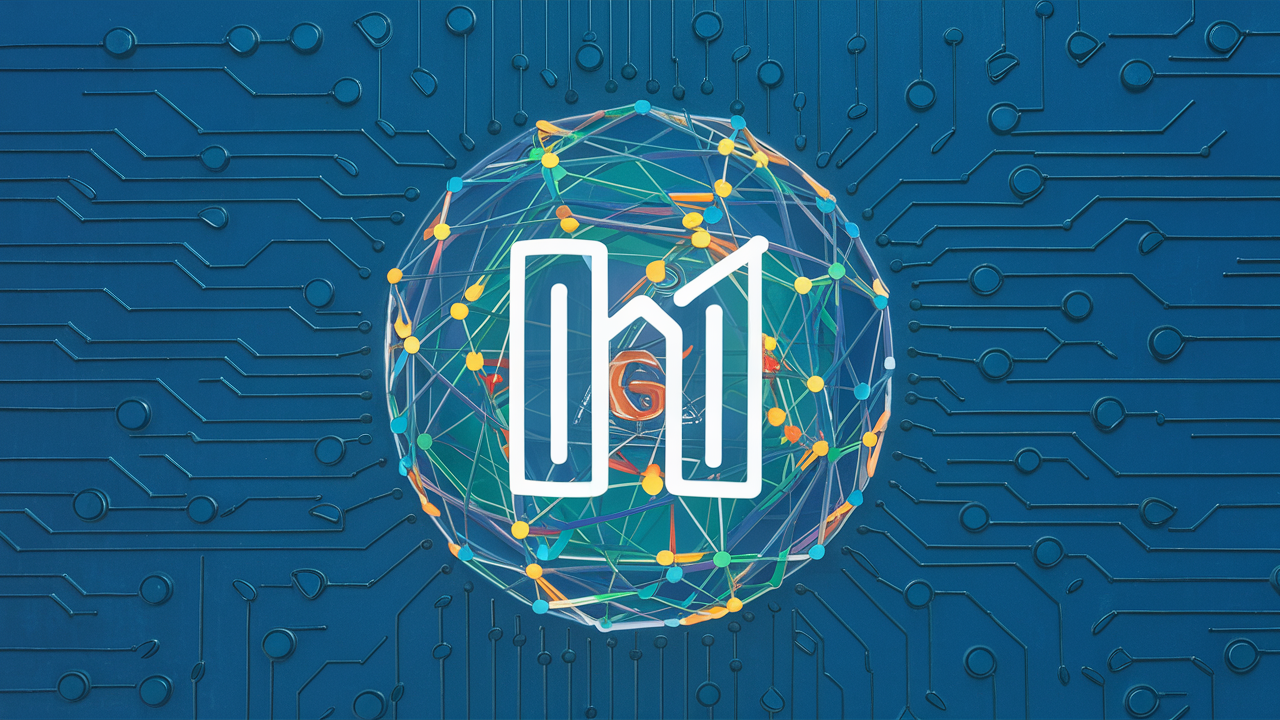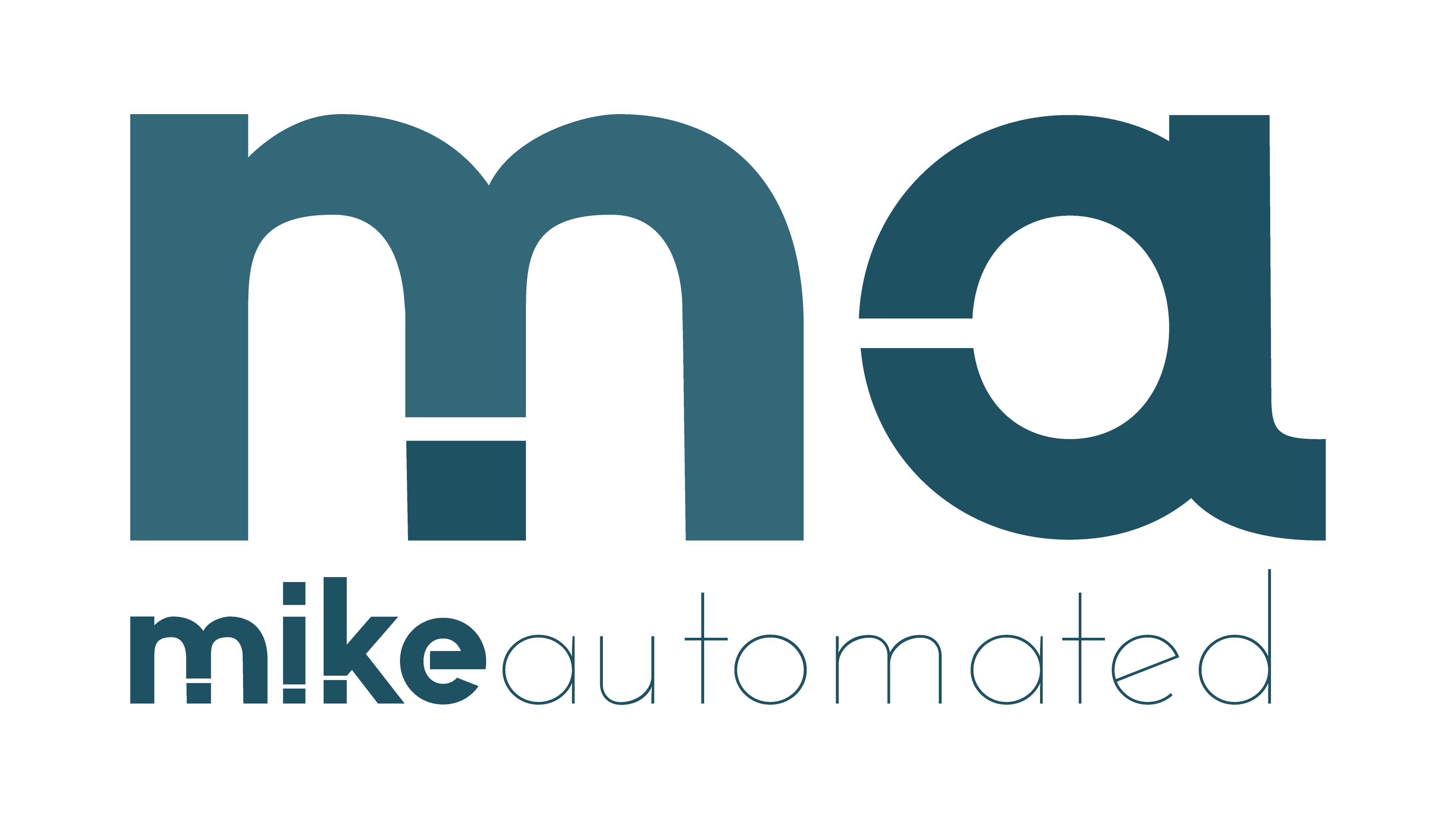TL;DR:
- Multimodal AI Learning unites text, images, and video to power richer AI tasks and insights.
- Follow a practical, phased approach with data alignment, fusion strategy, and clear metrics.
- Start with a small pilot, then scale using reusable components and evaluable benchmarks.
- Explore real-world use cases across education, commerce, and media to see tangible benefits of integration.
In today’s AI landscape, Multimodal AI Learning is a strategic capability. It combines signals from language, visuals, and motion to produce models that understand concepts more holistically. This approach enables systems to reason with richer context, deliver more accurate responses, and support workflows that depend on multiple data types. The goal is not simply to stack models but to design a cohesive pipeline where information from each modality informs the others. This article outlines practical, actionable steps to implement Multimodal AI Learning effectively and responsibly.
What is Multimodal AI Learning?
Multimodal AI Learning refers to training and deploying models that process and reason across multiple data modalities—text, images, and video are common examples. It requires not only handling each modality well but also aligning and fusing them so the model can form joint representations. This cross-modal capability unlocks tasks like image captioning with context, video search using natural language queries, and multimodal question answering where text alone would be insufficient.
Two core ideas drive Multimodal AI Learning success. First is data fusion, the method by which signals from different modalities are combined. Second is alignment, ensuring that corresponding content across modalities shares a common semantic space. When done correctly, the model can reason across modalities as a single, coherent signal rather than as isolated streams.
In practice, teams pursue Multimodal AI Learning through architectures that support early fusion (combining raw features), late fusion (merging predictions), or joint embedding spaces. Each approach has trade-offs in latency, compute, and accuracy. The choice depends on the task, data quality, and deployment constraints. For many real-world applications, a hybrid approach that adapts by context yields the best balance between performance and practicality.
Why Multimodal AI Learning Matters
The move to Multimodal AI Learning is driven by user expectations and data availability. Consumers routinely generate text, photos, and videos across devices and platforms. Models that can interpret and reason with this blend offer more natural interactions and deeper insights. In education, for example, students learn from lessons that combine written content, diagrams, and spoken explanations. A system aware of these modalities can tailor feedback and measure understanding more precisely.
From a business perspective, multimodal capabilities often translate to higher engagement and better decision support. A product assistant that analyzes chat transcripts, product photos, and demonstration videos can troubleshoot issues faster and with higher accuracy. In media and entertainment, multimodal models can automate content tagging, generate summaries, and power more immersive search experiences. These advantages illustrate why Multimodal AI Learning is increasingly a default in modern AI roadmaps.
To realize these benefits responsibly, teams should consider data governance, privacy, and bias. Multimodal data carries new risks: misalignment can degrade performance, and biased representations can propagate across modalities. A disciplined approach to data curation, evaluation, and transparency is essential for reliable Multimodal AI Learning deployments.
How to Build a Multimodal AI Learning System
Building a scalable Multimodal AI Learning system involves clear steps and guardrails. Below is a practical blueprint that teams can adapt to their context.
1) Data alignment and collection
Begin with a well-structured dataset that links text, images, and video segments. Ensure captions, annotations, and metadata map to the same semantic events. Use redundancy to capture variations in language, visuals, and motion. Regularly audit alignment to prevent drifting representations across modalities.
2) Architecture choices for fusion
Choose a fusion strategy aligned with your use case. Early fusion blends raw features for a unified representation; late fusion combines independent modality outputs. A joint embedding approach trains encoders so all modalities share a common space. Hybrid designs adaptively fuse information at different stages to balance accuracy and latency.
3) Training strategies and data augmentation
Pretrain modality-specific encoders before joint training. Use tasks that encourage cross-modal understanding, such as image captioning and video QA. Employ data augmentation like text paraphrasing, image transformations, and video frame sampling to improve robustness. Consider curriculum strategies that progressively introduce harder cross-modal tasks to improve convergence.
4) Evaluation across modalities
Adopt metrics that reflect the multimodal objective. For text–image tasks, use retrieval precision and caption quality scores. For video-based tasks, measure temporal alignment and action recognition accuracy. Report both unimodal and multimodal performance to understand where fusion helps most. Include human-in-the-loop evaluation for qualitative insights.
5) Deployment and inference constraints
Plan for latency, cost, and scalability. Use model distillation or pruning to meet real-time requirements. Store shared representations to avoid repeated cross-modal computations. Implement monitoring to detect modality drift and trigger retraining when data distributions shift significantly.
Modalities Spotlight: Text, Images, and Video
Text
Text provides explicit semantics and structured cues that guide interpretation. In Multimodal AI Learning, robust language encoders support contextual understanding, sentiment, and intent. Combine text with visual cues to disambiguate meaning and improve retrieval tasks. Look for approaches that balance linguistic richness with visual grounding to avoid overfitting on language alone.
Images
Images contribute spatial and semantic context that text alone may miss. Image encoders capture objects, scenes, and relations, which feed into multimodal reasoning. For Multimodal AI Learning, pairing images with captions or questions helps models learn aligned representations and robust visual grounding.
Video
Video adds temporal dynamics that reveal motion, sequence, and causality. Video encoders model frame-level details and long-range dependencies, enabling tasks such as event detection and action understanding. In Multimodal AI Learning, video data complements text and images by supplying motion-based signals that static content cannot convey.
Practical Blueprint: Implementation Steps
To translate theory into practice, follow this actionable plan. This blueprint emphasizes speed to value while maintaining quality and safety.
- Define a single, measurable objective that leverages multiple modalities (for example, a multimodal QA task that requires both text and image understanding).
- Assemble a minimal viable dataset linking text, image, and video segments, with clear annotations that support cross-modal tasks.
- Choose a fusion strategy and baseline architecture suitable for the objective, then implement an initial prototype for quick feedback.
- Establish evaluation metrics across modalities and publish a dashboard that tracks unimodal and multimodal performance over time.
- Iterate on data quality, model architecture, and training regimes. Plan for a staged rollout to production with robust monitoring.
As you evolve, maintain a focus on Multimodal AI Learning quality, not just complexity. Keep models interpretable where possible and provide clear failure analyses to guide improvements. Consider internal collaboration with product, design, and data governance teams to ensure the system delivers value and remains responsible.
Use Cases and Industry Scenarios
Several domains illustrate the power of Multimodal AI Learning. In education, adaptive tutors analyze student text responses, diagrams, and video explanations to personalize feedback. In retail, search tools interpret product descriptions, photos, and demo videos to improve discovery. In media, automated summaries fuse transcript text with visual highlights to deliver concise overviews. Across these cases, multimodal capabilities enable more nuanced understanding and better user experiences.
To make this concrete, consider a learning platform that uses Multimodal AI Learning to create interactive lessons. The system reads a student question, analyzes accompanying diagrams, and reviews a short video demonstration to generate a tailored answer. This end-to-end flow demonstrates how cross-modal signals enable smarter guidance and more engaging content. For organizations exploring this path, a common first step is a pilot focused on a single task with clear success criteria.
For teams interested in practical references, explore related content such as guide to multimodal models and case studies in multimodal healthcare. These resources help translate theory into concrete projects and benchmarks.
Visualization: Architecture and Data Flow
Include a diagram that shows how inputs flow through encoders, feed a fusion module, and produce outputs for task-specific heads. A good visual clarifies data alignment, fusion strategy, and cross-modal supervision. I recommend a layered chart with the following elements: text encoder, image encoder, video encoder, fusion module, and downstream heads. The diagram should highlight where cross-attention or joint embeddings occur and where latency may be introduced. This visual helps teams communicate design decisions and aligns stakeholders on expectations for Multimodal AI Learning.
Purpose: to illustrate a cohesive data pipeline and set expectations for performance and maintenance. It also serves as a quick reference during design reviews and onboarding of new engineers. When shared internally, such visuals reduce ambiguity and accelerate alignment around the multimodal objectives.
Conclusion: Embrace Multimodal AI Learning with Confidence
Adopting Multimodal AI Learning is a practical, forward-looking move for teams that want richer AI capabilities. Start with a clear objective, assemble aligned data, and choose a fusion strategy that fits your timing and resource constraints. Build a small, reusable component set to accelerate iteration, then scale thoughtfully with robust evaluation and governance. The path from concept to production is iterative—and multimodal success comes from disciplined design, ethical considerations, and user-centric outcomes.
Ready to put this into action? Begin with a focused pilot that tests cross-modal reasoning on a well-scoped task. Document results, share learnings across teams, and set a timetable for gradual expansion. With deliberate planning and continuous learning, Multimodal AI Learning can transform how you solve complex problems and deliver value to users.
Internal resource note: For deeper guidance on implementation details and standards, see our related content on unified multimodal pipelines and governance models.



